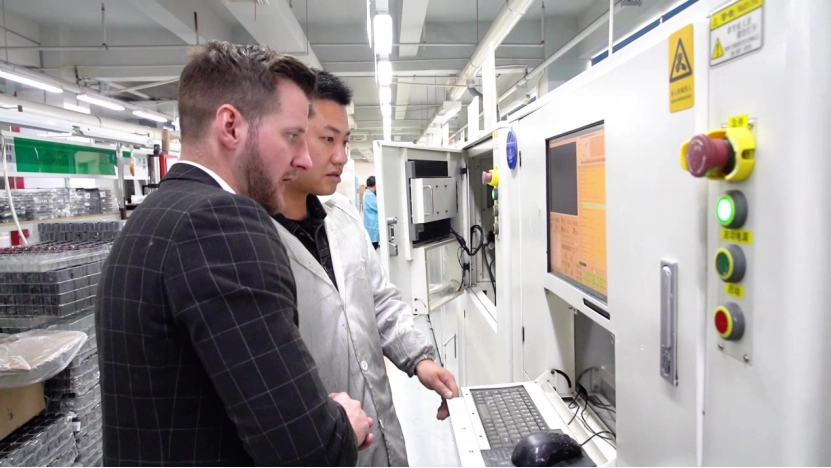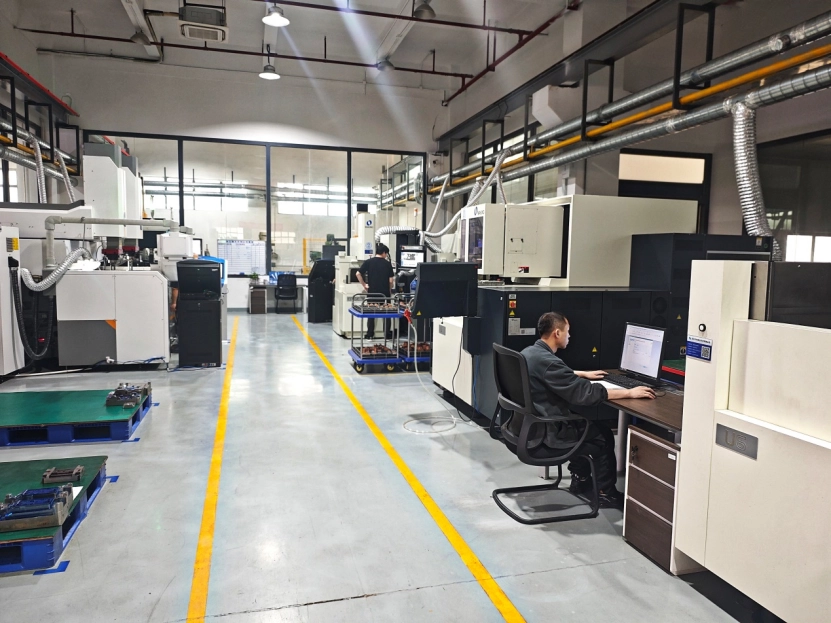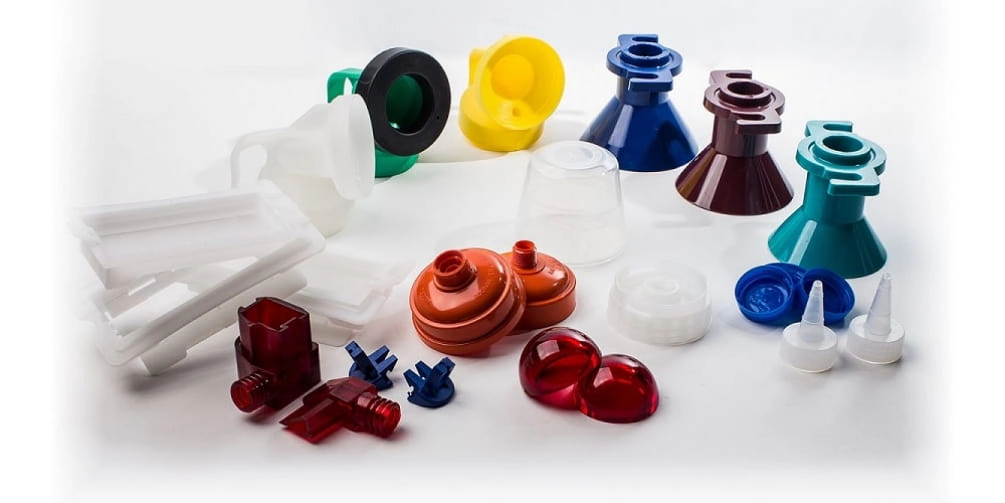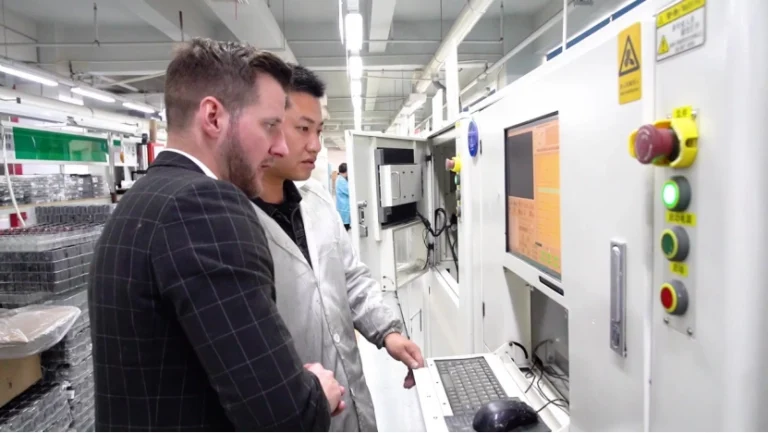What is Medical Device Injection Molding?
Medical device injection molding refers to a production method. It uses plastic injection molding technology to craft parts and items for medical use. This approach pumps melted plastic into a mold under strong pressure. Then, the plastic cools and hardens. It forms exact and sturdy components. In the medical device field, accuracy and dependability matter a lot. That’s because these products often affect patient care and well-being directly. Medical device injection molding can make many types of parts. These range from tiny diagnostic tools to bigger surgical devices. All must follow tough rules and standards.

Why Precision Matters in Healthcare Manufacturing
In healthcare production, precision is vital, especially for medical devices. A tiny mistake can lead to a product breaking down. This could put patient safety at risk. Being able to repeatedly make very accurate parts is key. It ensures medical devices work as they should.
Key Benefits of Plastic Injection Molding for Medical Devices
Plastic injection molding brings several big perks to the medical device world. First, it supports high-volume output with steady precision. This is crucial for large-scale production. It keeps product quality the same every time. The method also saves money. This is especially true for tricky shapes. It cuts down on costly handmade work or manual effort.
Plus, plastic injection molding works with many materials. These include biocompatible plastics that can be cleaned to meet health rules. This makes it perfect for creating medical devices. They need both top performance and safety.
Key Uses of Injection-Molded Medical Devices
Surgical Implants and Prosthetics (e.g., Knee/Hip Replacements)
One major use of plastic injection-molded parts in medicine is making surgical implants and prosthetics. Think of knee and hip replacements. These items need high precision and toughness. They must handle ongoing stress from body movements. Injection molding creates custom parts that suit each patient’s needs. It also ensures the strength and biocompatibility needed for surgery.
Diagnostic Tools and Disposables (Syringes, Catheters, Petri Dishes)
Plastic injection molding is also common for crafting diagnostic tools and throwaway items. Examples include syringes, catheters, and petri dishes. These often need to be sterile and used just once. Injection molding lets makers produce them in huge amounts. It ensures they meet strict cleanliness and safety rules.

Essential Medical Components (Blood Bags, Test Tubes, Surgical Equipment)
Beyond implants and tools, injection molding is vital for key medical parts. These include blood bags, test tubes, and surgical gear. Such items must use top-notch, lasting, and biocompatible materials. Injection molding makes this possible. It creates parts that meet legal standards and work well in clinics.

Material Choices for Medical Device Injection Molding
Top Medical-Grade Plastics: PEEK, Polycarbonate, Polypropylene
Picking the right materials for medical device injection molding is critical. It ensures the product’s safety, function, and lifespan. Some popular medical-grade plastics are PEEK (Polyether Ether Ketone), polycarbonate, and polypropylene. PEEK stands out for its great biocompatibility, chemical resistance, and strength. It’s ideal for surgical implants. Polycarbonate is flexible. It offers strong impact resistance and clear visuals, often used in diagnostic gear. Polypropylene is affordable and resists chemicals. It’s easy to sterilize, so it’s a go-to for disposable medical items.
Balancing Biocompatibility, Strength, and Cleaning Needs
Materials for medical devices must juggle biocompatibility, durability, and the ability to handle cleaning methods. These methods might include autoclaving or gamma radiation. Choosing the best material ensures no bad reactions with human tissue. It also keeps the device strong after repeated cleaning.

The Medical Injection Molding Process: Main Elements
Tooling Needs: Precision Engineering for Medical-Grade Molds
To meet the high standards of medical device making, tooling for plastic injection molding must be exact. Advanced tools like CAD (Computer-Aided Design) and CAM (Computer-Aided Manufacturing) help build molds. These molds have tiny, micron-level precision. This ensures each part fits its exact specs. Techniques like Electrical Discharge Machining (EDM) and CNC (Computer Numerical Control) milling shape complex designs. Think thin walls or microfluidic channels, often needed for medical devices. These methods let makers craft molds for detailed, accurate parts across many medical uses.
Critical Design Factors
Several key design points matter when making plastic injection molds for medical devices. One big factor is setting up the cooling channels in the mold. Good cooling stops warping. It keeps parts stable during molding.
Processing Needs: Balancing Accuracy with Legal Rules
The plastic injection molding process for medical devices demands tight control. This includes managing temperature, pressure, and timing. Handling these well avoids flaws like gaps or rough surfaces. Such flaws could hurt the device’s performance. Real-time tracking systems often help. They ensure steady results and keep quality high.
Also, medical device makers must follow strict legal rules. This means using cleanroom setups to lower contamination risks. They also keep full batch records for FDA checks and ISO standards.
Ensuring Safety Through Material and Process Teamwork
The link between material choice and the plastic injection molding process is vital for medical device safety. Materials must fit not just their physical traits but also their cleaning methods. These might include autoclaving or gamma radiation. Biocompatibility tests are a must. They check that materials won’t release harmful stuff when touching body fluids or tissues. Plus, full validation steps, like pre-production trials, are key. They test real-world use and ensure the device works as planned.
Quality Checks in Medical Device Molding
Strict Testing Steps
Ensuring medical device quality and safety takes many steps. Dimensional checks confirm parts hit micrometer-level accuracy. Leach tests verify no harmful chemicals escape the materials. Functional tests mimic real use to ensure proper performance. Biocompatibility tests follow ISO 10993 rules for patient safety. Sterilization checks confirm devices can handle methods like autoclaving or gamma radiation.
Certifications and Standards: FDA, ISO 13485, EU MDR
Medical device makers must meet various certifications and standards. These ensure product safety and reliability. FDA approval and ISO 13485 certification are key for meeting legal needs. The EU MDR (European Union Medical Device Regulation) also sets rules for devices sold in Europe. It ensures high safety and performance levels.
Why Team Up with Silkbridge for Medical Device Molding?
Silkbridge’s Custom Services: British Innovation + Chinese Efficiency
Silkbridge began in 2014, started by a British design engineer. It blends cutting-edge UK ideas with China’s manufacturing speed. Their offerings cover medical-grade plastic injection mold design, PCB work, and electronic assembly. They deliver precise devices like surgical tools and diagnostic throwaways. Silkbridge’s skill in medical device plastic injection molding ensures your products meet all legal rules. They also maintain top performance and quality.
FAQs About Medical Device Injection Molding
What are the perks of plastic injection molding for medical devices?
Plastic Injection molding offers accuracy, cost savings, and the ability to craft complex shapes. This makes it great for top-quality medical devices.
How do material picks affect device safety and cleaning?
The right material ensures biocompatibility and resistance to cleaning methods. This is vital for patient safety.
Can plastic injection molding handle small-batch custom medical parts?
Yes, it adapts well to both small custom runs and big production.
How does Silkbridge ensure compliance in medical device production?
Silkbridge follows tough industry rules. They use certified materials and run thorough tests and validation.
Conclusion: Improving Healthcare with Precision Molding
Plastic injection molding is a key method in the medical device field. It provides accuracy, efficiency, and meets strict safety rules. Partnering with Silkbridge ensures your medical device project hits all legal marks. It also achieves top performance and cost savings. Ready to boost your medical device project? Contact Silkbridge today at contact@silkbridgeltd.com. Or use our WhatsApp link https://wa.me/8618122838771. Discuss your needs and tap into our expertise for life-saving solutions.



